Oceans
-
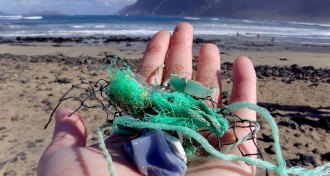 Oceans
OceansMillions of tons of plastic end up in oceans each year
A new estimate quantifies how much plastic makes its way into the world’s oceans.
By Beth Mole -
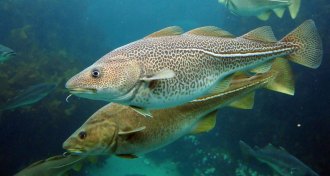 Climate
ClimateWarming Arctic will let Atlantic and Pacific fish mix
The ultra-cold, ice-covered Arctic Ocean has kept fish species from the Atlantic and Pacific separate for more than a million years — but global warming is changing that.
-
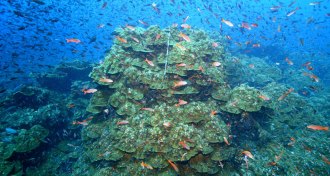 Climate
ClimateGalápagos waters preview future for corals
Posthumous analysis of Galápagos coral reefs reveals how climate change, carbon dioxide and pollution could kill off reefs worldwide by 2050.
By Beth Mole -
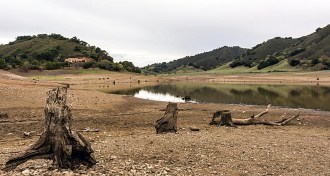 Climate
ClimateStalled global warming linked to North American drought
Strong Pacific Ocean winds blamed for the global warming hiatus also boosted the odds of severe drought in the southwestern United States.
-

-
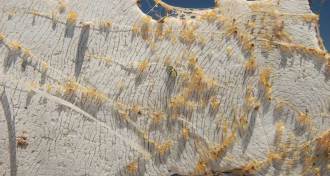 Environment
EnvironmentTrash researcher tallies ocean pollution
Marcus Eriksen has always had a thing for trash, and now he tallies ocean pollution.
By Julia Rosen -
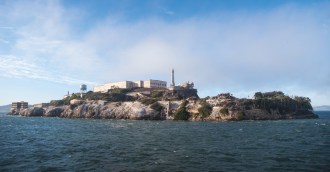 Oceans
OceansAlcatraz escapees could have made it safely to shore
Detailed simulations of the San Francisco Bay suggest that three prisoners who escaped from the prison on Alcatraz Island in 1962 could have made it safely to shore.
-
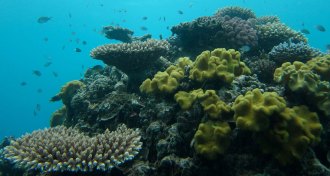 Climate
ClimateResilience protects corals from hurricanes — and climate change
Coral reefs have evolved to be resilient in the face of hurricanes that can devastate human populations. But climate change is reducing the ability of reefs to bounce back from disaster.
-
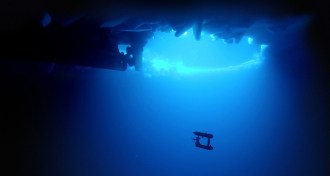 Oceans
OceansRobotic subs reveal thicker Antarctic sea ice
New measurements by robotic subs suggest that scientists have underestimated Antarctic sea ice thickness.
-
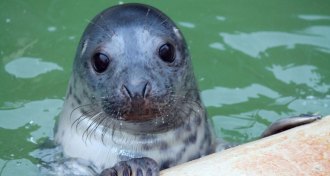 Animals
AnimalsScientists’ tags on fish may be leading seals to lunch
In an experiment, 10 young grey seals learned to associate the sound of a pinging tag with fish. The tags may make fish vulnerable to predators, scientists say.
-
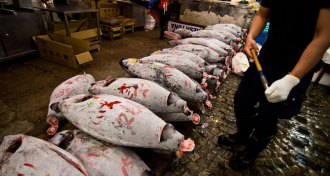 Life
LifeTasty animals end up on latest list of threatened species
Growing food market lands several species, including Pacific bluefin tuna and Chinese pufferfish, on the IUCN Red List of Threatened Species.
-
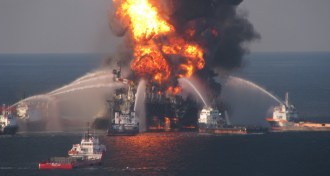 Environment
EnvironmentOil from BP spill may be sitting on seafloor
More than four years after the Deepwater Horizon disaster in the Gulf of Mexico, scientists find that oil is still lingering over a large area on the seafloor.
By Beth Mole